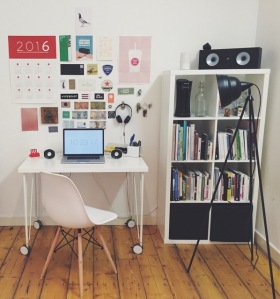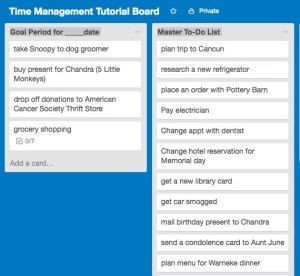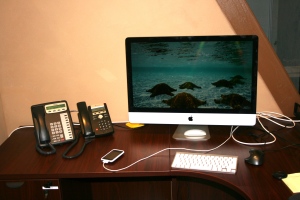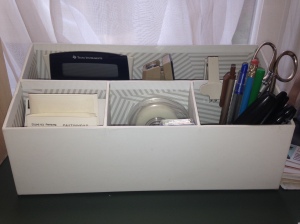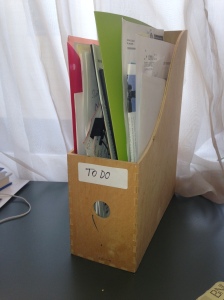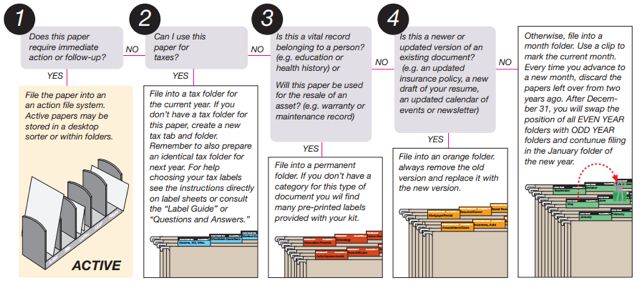We often tell clients that organizing isn’t a one-time process. As we move through life, our needs, abilities, spaces, and people in our life change. The stuff we own reflects these changes. So, it makes sense that as we move through different chapters in life there is a need to re-organize our stuff and spaces to accommodate our new realities. Here are some examples of the different life chapters and their different organizing needs:
- First Apartment/Dorm Room – small space living, living on a budget, repurposing furniture
- Launching into a Career – closet makeover, paying attention to own personal/financial records
- Newly coupled – staying organized while sharing space, learning to compromise
- Moving into a new house – increased responsibilities, time management, rethinking storage
- Moms with young children & teenage children – how to keep order amid chaos and the various needs that children add to the equation; changing sizes, interests, abilities, hobbies
- Divorce – untangling possessions and records, navigating new living situation, managing children across two households
- Renovating a home – living in upheaval, record-keeping, project management, potential relocation, reassessing functional needs that influence architectural design
- Empty Nest – purging, repurposing rooms, tackling memorabilia and editing kid’s stuff
- Menopause/Weight Gain – closet makeover, reclaiming life for yourself; getting your groove back
- Widows – living with grief, dealing with deceased partners things, potential move, financial and recordkeeping challenges
- Downsizing – possible relocation to new community, dealing with a lifetime of stuff
- Elder Years/Caregiving/Health Issues and feeling overwhelmed – revamping space to accommodate physical changes, organizing for caregivers
There are challenges and opportunities to re-tool and pare down at every life stage. As Organizers, our goal is to help our clients get to their last stage with a minimum of detritus and a maximum of satisfaction in a life well-lived.





